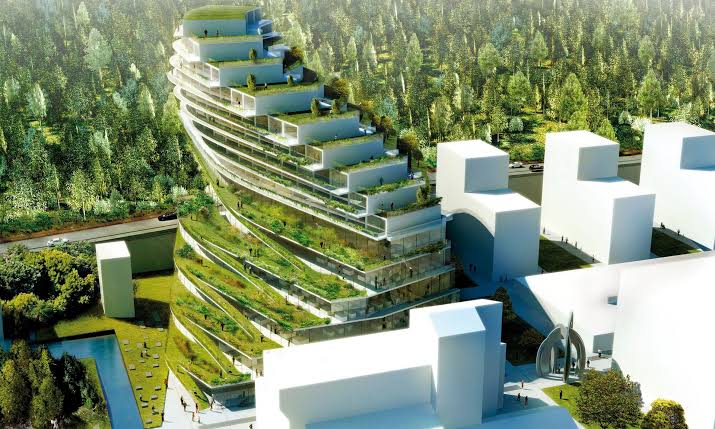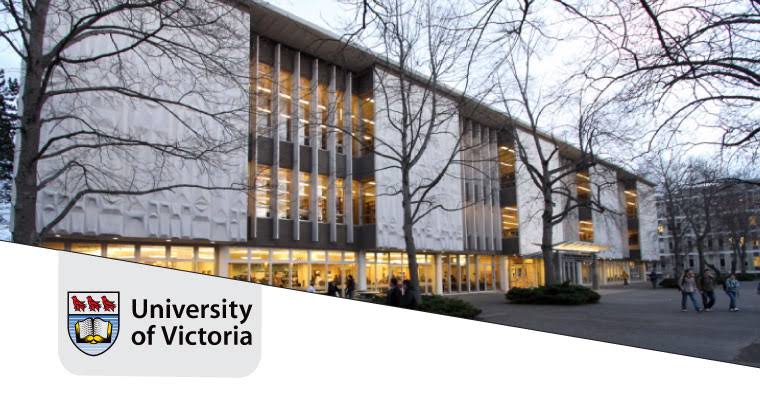Canada has emerged as a global leader in sustainable infrastructure over the past decade. As the effects of climate change become increasingly evident, the country has embraced a national vision that integrates environmental responsibility with infrastructure development.
Sustainable infrastructure refers to systems and structures—such as transportation networks, energy facilities, water systems, and buildings—that are designed with long-term environmental, social, and economic sustainability in mind. In 2025, this concept is no longer a future ideal but a present-day necessity across Canadian provinces.
Federal and Provincial Policies Driving Growth
Government commitment is one of the strongest forces behind Canada’s surge in sustainable infrastructure. Since the implementation of the Pan-Canadian Framework on Clean Growth and Climate Change, numerous policies have supported low-carbon building practices and green public works.
In July 2025, the Canadian Infrastructure Bank continues to play a crucial role by funding clean energy projects, sustainable public transit, and green building retrofits. This is complemented by provincial initiatives in British Columbia, Quebec, and Ontario, where regional sustainability mandates are pushing municipalities to meet net-zero goals.
The recently introduced National Green Infrastructure Act has added legal weight to sustainability requirements in infrastructure planning. The legislation includes strict emissions targets, mandatory climate risk assessments, and resilience strategies for all major public projects.
Green Building and Net-Zero Construction Trends
Canada’s building sector has undergone a massive transformation. Green building standards such as LEED (Leadership in Energy and Environmental Design), BOMA BEST, and Zero Carbon Building certifications are now widespread across both public and private projects.
As of 2025, all new federal buildings are required to be net-zero carbon. This shift has driven demand for innovative construction techniques, including prefabricated modular components, smart insulation systems, and renewable energy integration like solar and geothermal.
Cities like Vancouver and Toronto are leading the way with sustainable urban developments. Projects such as The Well in Toronto and the Broadway Subway Project in Vancouver showcase how dense, energy-efficient, and livable infrastructure can meet urban demands while staying climate-conscious.
Advancements in Public Transit and Low-Emission Transport
Transportation is a critical focus area in Canada’s sustainable infrastructure push. Electrification of transit systems, expansion of cycling paths, and integration of green mobility hubs are reshaping how Canadians move.
The Toronto Transit Commission (TTC) has rolled out its all-electric bus fleet pilot, with plans to transition fully by 2030. Meanwhile, the Réseau express métropolitain (REM) in Montreal offers a high-capacity electric rail system that connects the city’s urban and suburban areas efficiently.
Bike-sharing programs, pedestrian-first road designs, and incentives for electric vehicles are also gaining traction. In July 2025, Canada’s Zero-Emission Vehicle Infrastructure Program (ZEVIP) continues to expand EV charging stations across both urban and rural regions.
Renewable Energy Infrastructure Expansion
Canada’s clean energy potential is vast, and the country is making the most of it. Wind, hydro, solar, and biomass projects are being scaled to meet national energy needs with reduced carbon impact.
The province of Alberta, historically known for its oil sector, is now investing heavily in wind and solar farms. In Nova Scotia, tidal energy developments are generating clean power from the Atlantic Ocean, while Quebec continues to export hydroelectricity to neighbouring provinces and U.S. states.
In 2025, nearly 70% of Canada’s electricity comes from renewable sources. Investments in energy storage infrastructure, such as lithium-ion batteries and hydrogen fuel systems, are helping to stabilize the grid and ensure long-term energy resilience.
Water and Waste Management Innovations
Sustainable water infrastructure is another area where Canada is showing notable progress. Cities are modernizing water treatment plants to use less energy and emit fewer pollutants. Green stormwater infrastructure, including permeable pavements and rain gardens, is increasingly used to manage runoff and prevent urban flooding.
In addition, smart water monitoring systems are being implemented in areas prone to droughts or water stress, especially in Western Canada. These systems help municipalities reduce waste, detect leaks early, and conserve water more effectively.
Waste management is also evolving. In 2025, major cities like Edmonton and Calgary are adopting circular economy principles, where waste is minimized through better recycling, composting, and reuse of construction materials.
Indigenous-Led Infrastructure Projects
Indigenous communities across Canada are playing a key role in the country’s sustainable infrastructure narrative. These communities are not just beneficiaries of green projects—they are leaders in building them.
Partnerships between Indigenous nations, government agencies, and private firms are producing sustainable housing, clean energy solutions, and infrastructure that respects traditional knowledge and cultural practices.
Projects such as the Wataynikaneyap Power Project in Northern Ontario, which connects remote First Nations to the provincial grid using clean energy, represent a milestone in both sustainability and reconciliation. As of July 2025, more such projects are underway, supporting economic development and energy independence for Indigenous communities.
Challenges and Barriers to Sustainable Infrastructure
Despite strong progress, Canada faces several challenges in scaling sustainable infrastructure nationwide. High initial costs remain a significant barrier, especially in rural and underfunded areas. The price of renewable materials, specialized labor, and advanced technology often limits accessibility.
There’s also a skills gap in the construction and engineering sectors. The demand for professionals trained in green design and energy efficiency is outpacing supply, creating bottlenecks in project development.
Additionally, bureaucratic red tape and regulatory delays can slow down progress. Permitting and approval processes for green infrastructure projects are still often as lengthy as for traditional developments, reducing the incentive for private investment.
Future Outlook for Sustainable Infrastructure in Canada
The future of sustainable infrastructure in Canada is promising. With continued government support, private sector innovation, and active community involvement, the country is set to deepen its commitment to climate-resilient development.
Smart cities are on the horizon, integrating artificial intelligence and data analytics into everything from traffic management to energy distribution. The use of digital twins—virtual models of infrastructure systems—is allowing planners to simulate the environmental impact of projects before they’re built.
In the coming years, Canada is expected to introduce even stricter building codes, carbon pricing mechanisms, and green bonds to finance infrastructure in a climate-conscious way.
Conclusion: Building for the Next Generation
The growth of sustainable infrastructure in Canada is not just a policy trend—it’s a necessary evolution. In 2025, the country is taking bold steps to ensure its cities, communities, and ecosystems can thrive in the face of climate change.
Through renewable energy, green construction, clean transportation, and inclusive development, Canada is showing that sustainability and progress can go hand in hand. The journey continues, but the foundation is strong—and the vision is clearer than ever.



